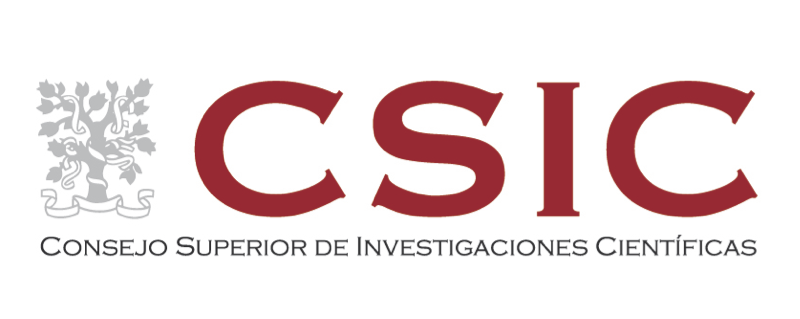Journal of Chromatography A, vol. 1647 (2021)
Article preview
Despite the widespread use of artichoke-based food supplements for obesity control (FSOC), studies on evaluation of the quality/authenticity of these commercial products are scarce. To that aim, a new multi-analytical strategy, based on the use of gas chromatography coupled to mass spectrometry (GC–MS) and high performance liquid chromatography coupled to ultraviolet and mass spectrometry detection (HPLC-UV-MS), in combination with chemometrics, has been developed. Twenty-one artichoke FSOC and different bract and leaf extracts (used as reference samples) were analysed. Sugars, inositols, caffeoylquinic acids, dicaffeoylquinic acids, flavonoids and their glycosides were detected in reference samples and in most artichoke FSOC. Low concentrations of bioactives, and the presence of other compounds probably related to heat treatment during manufacturing (difructosyl anhydrides, 3-deoxyglucosone), or to the addition of caloric additives (maltose, maltotriose) or non-declared plants (e.g. pinitol, disaccharides, silybin derivatives) were also detected in some FSOC by either GC–MS or HPLC-UV-MS. Application of Principal Component Analysis to the combined GC–MS + HPLC-UV data matrix, proved that this multi-analytical strategy provides advantages over single analytical techniques for the detection of the wide variety of fraudulent practices affecting authenticity of artichoke FSOC and for assessment of their quality. © 2021




